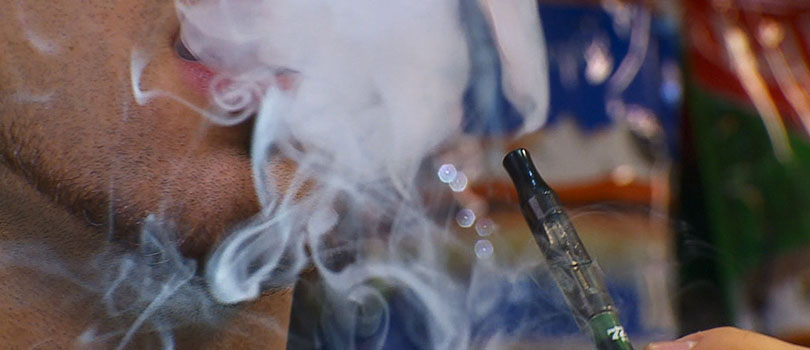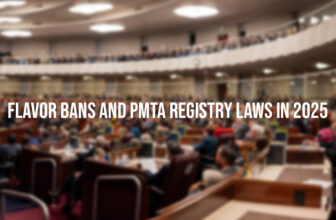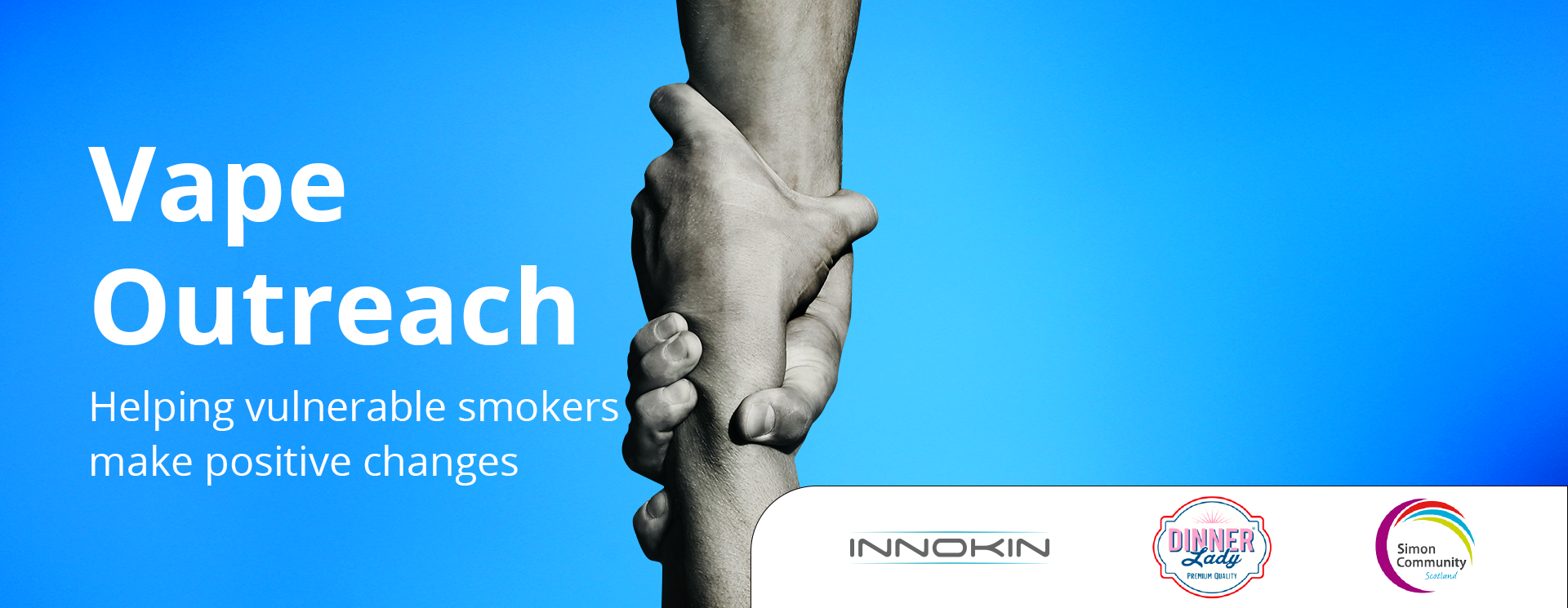
We’ve been reporting a mounting number of severe lung cases in Wisconsin, Minnesota and other states. California now joins the fray with 7 reported cases of lung illness hospitalization this past week. The culprit? Illicit THC products.
Counterfeit THC has been ignored as a possible cause of these cases, but it has now come to light that illicit products are being sold to clusters of vapers looking for THC on the black market. This is happening in San Francisco, where a city-wide ban on all e-cigarette / vaping products was imposed last month.
These illicit cartridges of unregulated THC supposedly contain a deadly lung toxin. When consuming this toxin, the side effects are similar to those of pneumonia. Local health officials warned users to avoid purchasing from clandestine operations.
Clandestine products are not tested nor licensed and are sold as-is, and not knowing which ingredients belong in each product poses a tremendous risk for those who ingest it in aerosol form or otherwise. It is always recommended to only purchase products from licensed vendors. This applies to THC, CBD, or traditional e-cigarette products.
Those who purchase from clandestine operations seek a cheaper price. Unbeknownst to them, they’re unaware that the product isn’t the real thing. Trying to save a few dollars could cost a lot more in the long run. News outlets are finally mentioning unlicensed sellers as a possible cause.
‘If you’re going to vape THC, get it from a licensed dispensary where you know there’s a certain amount of testing required.’
Dr. Milton Teske, Adventist Health Hanford, California
Dr. Milton Teske reviewed the severe lung illness case files and discovered a curious commonality: each user utilized cartridges purchased from an unlicensed vendor. Here at Spinfuel, we have been extensively discussing the lack of comment on this possible cause.
How they do it
Clandestine operators purchase empty cartridges from China and then fill them to the brim with a “watered down” version of THC. This means they pour raw THC and cut it with vegetable glycerin, propylene glycol, and other unusual chemicals not found in properly designed THC products. This keeps the price down and users who think they’re getting a bargain, are putting themselves at risk.
According to Dr. Teske, every single patient knew the product by a different brand name, and every single purchase was made off the street through vendors known via word of mouth. There is a lot of talk regarding the rise of black market exchanges in San Francisco following the e-cigarette ban.
As of today, the root cause of the damage isn’t fully understood. The chemical responsible for it remains unknown, but Teske believes it may be an additive or one of the ingredients used to water down the THC. It is an alarming situation considering most of the ingredients used have been standard for many years without leading to so many severe lung cases in such a short span of time.
Propylene glycol and vegetable glycerin are standard base ingredients in all vape juice and have been vaped for in standard nicotine products for over a decade without any similarly reported lung illnesses.
– VapingScout
A ban leads to a rise in black market exchanges. If there’s a need, the market will follow, regardless of receiving a ban or not. That being said, even in states in which vaping isn’t banned, illicit products also exist and are also wreaking havoc.
The CDC has seen plenty of cases throughout the last few decades from drugs sold on the black market. These “bad batches” are known for causing overdosing outbreaks and other complications, and it’s always traced back to these batches. Somehow, the CDC doesn’t follow the same pattern of investigation for vaping related illnesses.
This is the type of information that is weaponized into pernicious vitriol by those who rally against vaping. Pick a problem and expand it as if it happens to all vapers. Most of these ingredients have existed in vape juice for many years and the only reported cases were usually from homemade substances or other illicit products. But they have never led to so many subsequent injuries during a short period of time.
It’s good practice to keep an eye out for any unusual sellers. As a rule of thumb, you should avoid purchasing from friends, strangers, or those “pop-up” stores that sprout around the city and then vanish. Avoid these pop-ups at all costs. The price cut isn’t worth it.
If you’ve been consuming one of these cartridges and have begun experiencing shortness of breath, nausea, and overall weakness; you may want to go to the hospital as soon as possible and let the doctors know that you’ve consumed THC. Otherwise, they’ll think it’s pneumonia and treat it as such, which is a waste of time.
When a state legalizes a product, they subject it to testing. This includes a test for contaminants, like pesticides, solvents, lead, etc. According to leafly.com, “After lab testing became mandatory in California in 2018, hundreds of products were flagged. To date, more than 5,169 batches have failed state lab testing for labeling or impurity standards. After inaccurate labeling, pesticides have been the biggest culprit. Lead has also popped up in cartridges.”
This isn’t limited to THC, but also regular e-liquid pods. Popular brand JUUL has seen an incredible rise in illicit cartridge sellers over the past two years. Also, synthetic cannabinoids have seen their fair share of unregulated products as well.
Tested and legalized vaping products sold through licensed sellers have never caused this high number of lung illnesses. As the crackdown continues looking out for THC counterfeit products, let’s hope this doesn’t continue damaging the low perception the vaping community already has.








